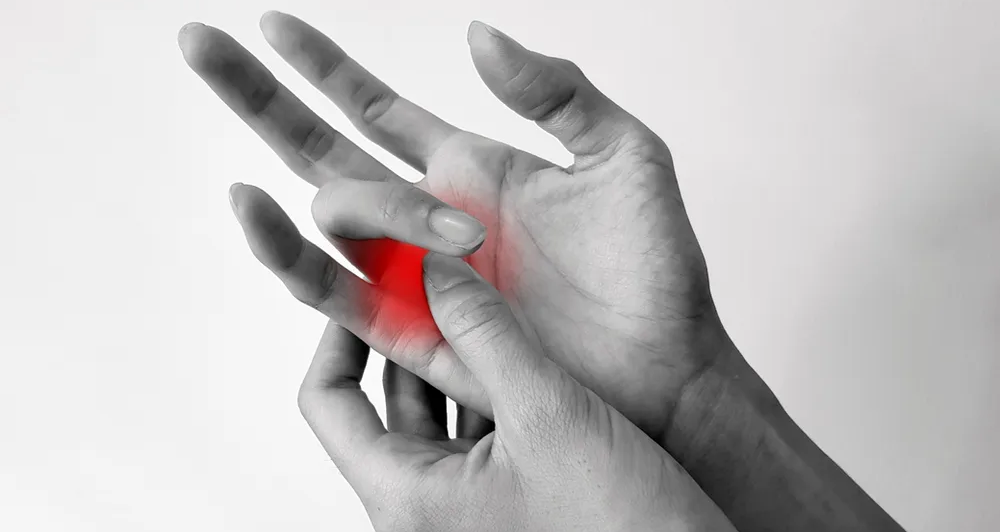Stress Fractures
Stress Fractures
Stress fractures fall under a continuum of bone stress injuries which include mild bone strains, stress reactions, stress fractures and ultimately a complete fracture. These types of injuries can be the result of an accumulation of loading over a period of time, without adequate recovery. The focus of this blog today will be on stress fractures.
What is a stress fracture?
A stress fracture is essentially a crack within a bone. Common sites include 2nd and 5th metatarsals, tibia, fibula and the navicular within the foot. A stress fracture represents failure of the bony skeleton to absorb repetitive loads. Failure to successfully manage load can result in pain and performance impairment.
Common Symptoms
Common symptoms include a diffuse ache along the surface of the bone which is worse with impact and settles with rest. However, if your symptoms are worsening, you may experience pain at rest along with some swelling.
Cause of stress fractures
Loading and training variables such as volume, intensity and surface play a big role. However, there are other factors to consider such as inadequate calcium or caloric intake, hormonal factors such as menstrual disturbance in females or reduced testosterone in males, osteoporosis, decrease bone density, muscle weakness and leg-length differences. The main loading factors are as follows:
- An increase in load or number of applied stresses
- Inadequate recovery time between sessions
- Normal load to weakened bones (low bone density or osteoporosis)
- Load applied exceeds bone capacity to handle that load
How can a Physiotherapist diagnosis a stress fracture?
We will take a thorough subjective history, looking for any changes in load that may have contributed to your injury. We can then look at your movement through a range of functional activities, test your muscle strength and mobility, perform impact tests and palpate the site of pain. Referral for radiological examinations such as a CT scan, MRI, bone scan or DEXA scan may be required but this is not always essential.
Management
First and foremost, it is essential to get an accurate diagnosis of your injury. It is therefore vital that you seek an opinion from a Charted Physiotherapist. The key to successful treatment of stress fractures is a period of reduced loading. It is therefore important to avoid the aggravating activity to aid your recovery. Most stress injuries will require a period of rest but dependent on the site of the stress fracture, complete rest is often not desirable. Relative rest will include a period of specific rehabilitation and conditioning. Reformer Pilates can be a great way to maintain strength and mobility in the surrounding structures without compromising the healing process. All in all, this will ensure an expedited return to sport specific training and return to play.
ModernDigital - Donegal Web Design




